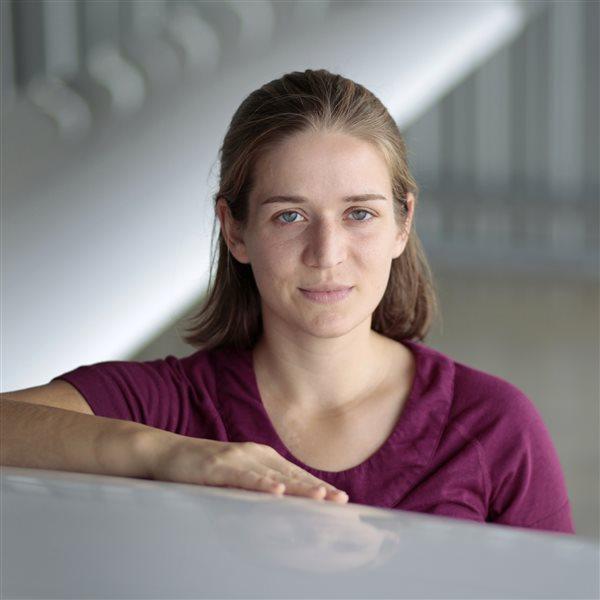75 years of Tecnam
Making airplanes the Pascale way
It had a tube-and-fabric fuselage, a propeller from a U.S. Army Piper L–4 Grasshopper, and a powerplant pieced together from 65-horsepower Continental engines sold as scrap. Built by brothers Giovanni and Luigi Pascale in postwar Italy, the P48 Astore began a legacy of general aviation aircraft construction that continues today with Tecnam Aircraft.
Giovanni “Nino” and Luigi “Gino” Pascale designed their first airplane in their 20s; founded Italy’s largest GA aircraft manufacturer, Partenavia; and sold more than 1,000 aircraft before walking away and starting again with Tecnam. Today, 75 years after the brothers’ first airplane project, Tecnam is still led by the Pascale family. The company hosted dealers, partners, and journalists at its Capua, Italy, headquarters this month for a factory tour and celebration of the anniversary.
The P-Mentor earned European CS-23 certification in 2022 and is pending FAA certification. During a tour of the factory at the Capua airport (LIAU), several examples of the two-seat, Rotax-powered trainer were being readied for training organizations around the world. Managing Director Giovanni Pascale Langer said the aircraft is designed to be reliable, easy to maintain, easy to operate, and cost effective, complementing Tecnam’s P2006T light twin.
“These two platforms together are the base for the full training,” he said.
Paolo Pascale, Nino’s son, leads the company as CEO with his son, Giovanni, managing director. Other members of the Pascale family lead the employee flight academy and accounting department. The family influence is evident from the moment new employees are trained: “The first customer is the Pascale family, so they’ve got to do things the way we like it,” said Giovanni.
The legacy of aviation in the Pascale family dates to the 1930s, when the brothers were 10 and 11 years old, building model aircraft. The P48, which was designed in 1948 and first flew in 1951, was the first full-scale design they built. The Pascale brothers founded Partenavia—for Aviation Partenopea (Neapolitan Aviation)—in 1957, and Gino, a mechanical engineer who taught aeronautics at the University of Naples, designed models ranging from a single-seat sea glider to a piston airliner and twin turboprop. Each was named with “P” for Pascale and a number representing the year of the design—versions of the P66 Oscar and P68 Observer are still produced today by Vulcanair. When their business partners sold Partenavia to the state-owned Aeritalia in 1981, the brothers stayed on but saw their influence wane. Frustrated with the direction of the company, they left and founded Tecnam in 1986 to supply parts to Partenavia and, later, other manufacturers.
Then, the Pascales turned their attention again to aircraft manufacturing. The growing category of ultralights avoided cumbersome certification requirements, and Nino’s son Paolo encouraged them to design an aircraft weighing less than 450 kilograms to fit the criteria of the category. The P92 first flew in 1993 and launched a line of aircraft that includes LSAs, Part 23 singles, and twins.

Tecnam designs share many commonalities with their predecessors from Partenavia, but Tecnam’s business strategy differs in significant ways. Partenavia relied heavily on parts from the United States, for instance, while Tecnam makes 85 percent of its parts in-house. And, after the state acquisition of Partenavia sidelined the Pascale brothers, the Pascale family remains deeply involved in Tecnam.
Tecnam delivered 209 aircraft worldwide in 2022, making it among the largest GA manufacturers. Officials see growth in the American market as critical to its future success.
“We knew from the very beginning that market was extremely tough,” said Giovanni, who earned his commercial pilot certificate in the United States and said he found there was not a lot of awareness of the Tecnam brand or its products. The company established Tecnam US in 2014 to support customers and strengthen the brand’s presence in the States.
The investment has paid off: Before the company established Tecnam US, it was selling three or four aircraft there each year, he said. Last year it sold about 80. He expects the pending Part 23 FAA certification of the P-Mentor training aircraft to further increase sales in the U.S. market.
Other factors may be contributing to the uptick in U.S. sales. The pilot shortage is driving demand for training aircraft. Economic, environmental, and regulatory pressures to reduce avgas consumption, long a fact of life in Europe, are growing for U.S. pilots. And Rotaxes, once a novelty of the light sport market, have gained acceptance among skeptical U.S. buyers and made their way into certified models.
More than 500 employees work at Tecnam’s Capua facility and two other locations near Naples, with plans to expand to more than 600 employees in 2024. Construction of a new, 172,222-square-foot headquarters building is expected to be completed in September, followed by an additional facility to move some off-site production to Capua and a hangar for flight test aircraft. Tecnam also expects the runway at the Capua airport to be paved in the coming month, alleviating issues they’ve had with flooding of the grass runway. (“Sometimes we call it a potato field,” said Giovanni of the runway at the public airport used almost exclusively by Tecnam.)
As the company works toward FAA certification and first U.S. deliveries of the P-Mentor, it’s also investing in research and development, including collaborations with NASA and Rolls-Royce on distributed propulsion, hybrid powertrains, and electric propulsion.
“Once we finish something, what we’re thinking Is what we’re going to be doing next,” said Giovanni.





